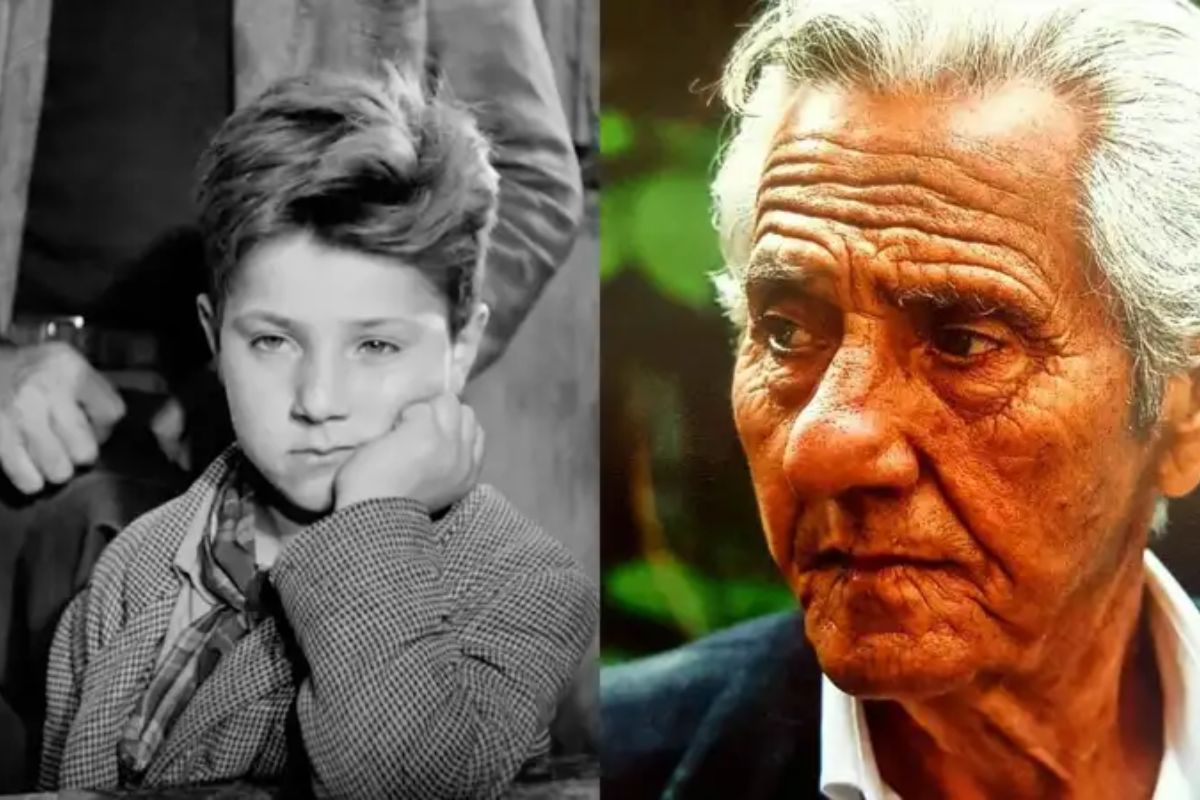
Published: : June 6, 2025, 11:39 AM

Enzo Staiola, the Italian child actor who captured international hearts as the wide-eyed, solemn Bruno Ricci in Vittorio De Sica’s 1948 neorealist masterpiece Bicycle Thieves, has died at the age of 85. La Repubblica first reported his death on Wednesday. No cause of death has been disclosed.
Staiola was only nine when he was cast in Ladri di Biciclette, known internationally as Bicycle Thieves, a film that became one of the defining works of Italian cinema. As Bruno, the devoted young son of an impoverished father desperately searching for his stolen bicycle through post-war Rome, Staiola’s performance became symbolic of childhood innocence amidst social hardship. His large, expressive eyes, full of empathy and quiet resilience, helped solidify the film’s emotional impact worldwide.
His co-star, Lamberto Maggiorani, was a real-life factory worker whom director De Sica cast to bring authenticity to his depiction of working-class struggle. The story’s raw, humanist portrayal of desperation — culminating in the father’s own failed attempt to steal a bicycle, witnessed by Bruno — remains one of cinema’s most poignant moments.
Born on November 15, 1939, in Rome, Staiola's discovery by De Sica was itself cinematic. As he recounted in a July 2023 interview with La Repubblica, the filmmaker noticed him walking home from school and followed him at a distance. “Then this gentleman with gray hair, all dressed up, got out and asked me: ‘What’s your name?’… My mother always told me not to be too familiar,” Staiola recalled. Eventually, with help from his uncle, he was taken to De Sica’s studio and cast without an audition.
Despite Bicycle Thieves winning the Academy Award for Best Foreign Language Film and earning global acclaim, Staiola never collaborated again with De Sica. “De Sica was like that; he discovered you and then that was it,” he said in the same interview. “Maybe if he had followed me and made me other proposals, I would have become an actor for life.”
Though Staiola appeared in a handful of other films in the 1950s, including Joseph L. Mankiewicz’s The Barefoot Contessa alongside Humphrey Bogart and Ava Gardner, and Italian titles like Hearts Without Borders and Vulcano, his film career was short-lived. By the late 1950s, he had left the industry entirely.
He spent most of his life working as a mathematics teacher and clerk at a land registry office. Reflecting on his early fame, Staiola spoke with frankness about the downside of child stardom. “In the end, it was a real pain in the ass,” he said. “As a kid, I could never play with my friends because if I made a mark on my face, I couldn’t make movies anymore… the times of cinema are very long.”
Though he left the screen behind, Enzo Staiola’s image — as the boy who quietly bore witness to his father’s despair — remains etched into the history of cinema, a lasting emblem of neorealist storytelling and the power of ordinary faces on film.